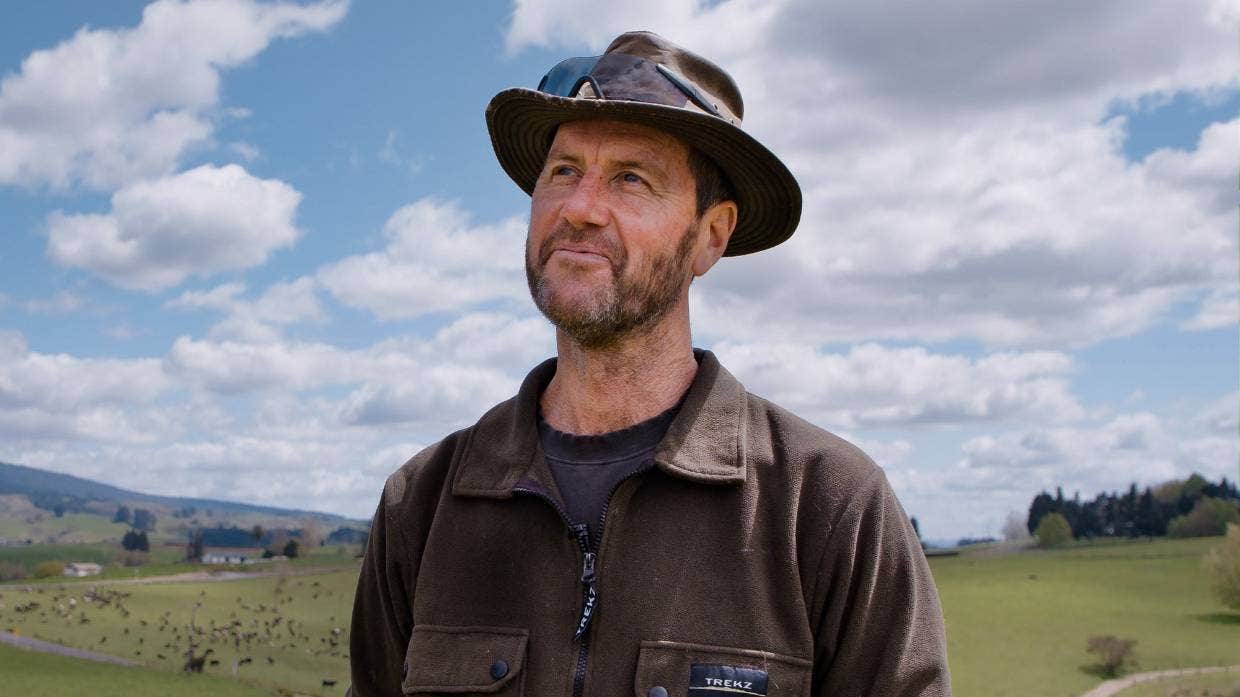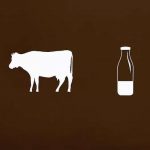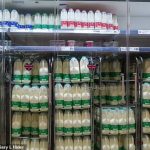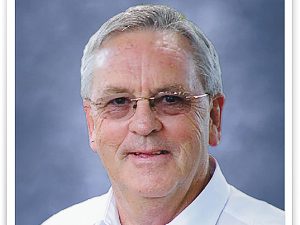
A report by DairyNZ and the Livestock Improvement Corporation showed over the past five years cow numbers in the country declined, with milk production following suit.
In the 2021/22 season there were 4.84 million cows in the country that produced 20.78 billion litres of milk, compared to 4.946 million cows that produced 21.2 billion litres of milk in the 2018/19 season.
Waikato dairy farmer Pete Morgan said he and other farmers reduced cow numbers for a variety of reasons.
An ageing farm demographic meant older farmers could not manage large numbers of stock, he said.
Farm staff to manage herds were hard to find, and the fact that staff wanted reduced hours and a better work-life balance meant smaller herds were more manageable with fewer workers, Morgan said.
The increasing cost of nitrogen fertiliser meant farmers bought less of it, which meant they grew less grass feed, and could keep fewer cows as a result, Morgan said.
“You reduce the amount of feed for whatever reason, you’ve got to reduce the number of animals [on the farm],” he said.
Morgan had retired many grazing areas on his farm to meet water quality standards, he said.
This loss of grazeable land meant he could keep fewer cows, he said.
“This morning I fenced off a six-metre strip that is about one kilometre long,” he said.
Fewer cows meant the cost to farm was less, but with less milk produced it also meant the farm business was vulnerable when the price of milk was low, he said.
As farmers used less fertiliser and grew less feed emissions would come down, he said.
But chief executive of DairyNZ Tim Mackle said fewer cows did not necessarily mean fewer greenhouse gas emissions.
Emissions were driven by total feed consumed, not by cow numbers, and the small decrease in cow numbers would not result in significant changes to emissions, Mackle said.
The dairy sector focused on reducing its carbon footprint through improved farm systems, rather than reducing cow numbers, he said.
Some farmers had reduced emissions with more efficient use of fertiliser, Mackle said.
The report said dairy herds were now bigger but herd numbers fell.
There were 10,796 herds this season, 238 fewer than the previous season, with an average herd size of 449, five cows more than last season.
Mackle said he did not expect cow numbers to decrease more when emission pricing began in 2025.
“We expect cow numbers to remain relatively flat as farmers continue to focus more on productivity and efficiency of their systems, and not reducing herd sizes. The use of technology that reduces biogenic methane or nitrous oxide, while maintaining milk production, will also mitigate this [emissions],” he said.
The sector reached peak cow numbers several years ago, he said.
There were a few factors that could be influencing the decrease, including increased focus on productivity and fewer replacement cows, while farmers with smaller herds might exit the industry, he said.

South Waikato dairy farmer Pete Morgan says farmers reduce cow numbers for a variety of reasons, including for work life balance, and staffing issues.
Despite these lower cow numbers, farmers were generally producing more milk per cow, by breeding higher performing cows.
This was done through performance-testing cows.
Such tests identified the highest and lowest-producing cows in a herd, and the highest producers were kept back and bred with, while the lowest producers were culled.
However, cows could not keep producing more and more milk, he said.
“There will be a point where gains from better genetics will plateau,” he said.

























